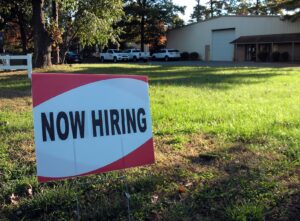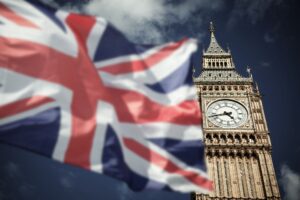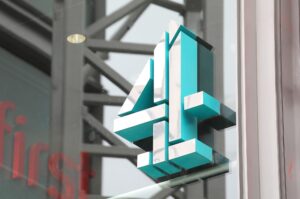According to the Office of National Statistics (ONS), the UK’s unemployment rate has fallen to its lowest rate between May and July.
The jobless rate over the three-month period fell to 3.6% down from 3.8% the previous year. This is also below economists’ expectations of 3.8% for this year.
One of the reasons for the fall in unemployment is that people are no longer looking for work meaning they are not counted in the figure. The inactivity rate has risen to 21.7%, which is the highest figure we have seen since 2017.
Daniel Mahoney, UK Economist at Handelsbanken has also commented that the employment change between May-July was just 40k, which is ‘well below the consensus of 125k’.

However, even with a significant number of the UK not working, the squeeze on pay is still tight. This is due to the rise in regular pay not being able to keep up with the cost-of-living crisis.
Nominal pay levels are continuing to climb, but workers are still seeing cuts to their wages. The latest inflation figure which stands at 10.1% – although a new figure is to be announced tomorrow – means that when taking price rises into account, the value of regular pay is dropping.
According to Mahoney, the average weekly nominal earnings was 5.2% from May – July, but the ONS recorded that the value of pay has dropped by 2.8%.
During the three-month period leading up to July, the private sector stayed at 6%, but the public dropped to 2%. This is the biggest difference between the sectors outside of the height of Covid-19.
Mahoney has said it is likely there will be further increases in nominal wages these coming months, with the Bank of England’s Decision Maker Panel survey suggesting that the reported year-on-year growth in wages for August was 6.4%.
Businesses have also warned that the tightening of the labour market is having a harmful effect.
Daniel Mahoney says the labour market has registered 1.266m vacancies from June to August 2022 which is down 34,000 from the previous quarter.
He said: ‘While this shows vacancy levels have peaked, the absolute level remains high and pretty much all other indicators suggest the labour market in the UK remains tight, and if anything, is tightening further.’
Photo by Ernie Journeys


















Leave a Reply